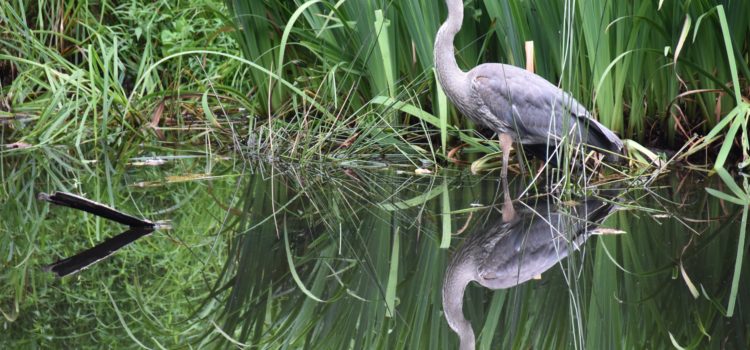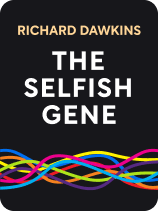

This article is an excerpt from the Shortform book guide to "The Selfish Gene" by Richard Dawkins. Shortform has the world's best summaries and analyses of books you should be reading.
Like this article? Sign up for a free trial here .
What is the extended phenotype? How does it help reframe biology from the genetic perspective?
The extended phenotype begins with Richard Dawkins’ premise that life is all about replicating genes. So, the extended phenotype explains biology using the gene-first context.
Read more about the extended phenotype and how it works.
Starting With Genetics
Starting from the genetic level, one might ask why organisms as we know them should exist at all. (Shortform note: This key question is partially answered in Chapter 2.)
However, the simple truth is that organisms don’t have to exist. They exist on Earth because that’s what evolution happened to favor in Earth’s particular environment. The only thing that must exist in order for there to be life is some form of replicator molecule.
It’s helpful to remember that, at the most basic level, we’re dealing with replicators that aren’t so different from those found in the primordial soup eons ago. The organisms that contain those replicators are simply vehicles doing all the things the replicators can’t: perceiving, eating, acting, and so on.
The Extended Phenotype
To look at biology in a new way, starting from the genetic level, requires that we consider what might be called the extended phenotype. The usual definition of phenotype is the effect that a particular gene has upon the body it’s housed in—for example, blue eyes or wrinkled peas. However, phenotypes should really be considered in terms of the total effect they have on the world.
It may be the case that a particular gene only impacts the body it’s in, but there’s no reason why that should be key to the definition of phenotype. Whatever effect genes have on physical characteristics is incidental—their real impact is on the chemical processes inside the body (remember that a gene’s true function is to act as a blueprint for a protein). Therefore, going one step further with the extended phenotype by talking about the effects of genes on the world around them is not as much of a stretch as it first seems.
Examples of the extended phenotype include bird nests and beaver dams. Though it sounds odd to us, biologists should think in terms of genes “for” certain building materials and styles of nest, dam, and so on. Genes that caused the organisms to build structures in those specific ways must have been selected for at some point, which is why those genes exist today. Therefore, a lake created by beaver dams should be considered a part of that phenotype as much as the beavers’ physical characteristics.
Some genes even influence other living organisms, for better or worse. For example, there is a certain type of parasite that causes snails to grow unusually thick shells. While this thicker shell helps protect the snail (and therefore the parasite), it’s costly to make, and takes resources from the snail that it might otherwise have used to reproduce and pass on its genes. The parasite, of course, isn’t concerned with the snail’s reproduction, only its own. Therefore, causing its host to produce a thicker shell makes evolutionary sense.
However, if a “parasite’s” reproduction is aided by its host’s reproduction, as is the case in certain species of beetles, we could expect to see the relationship grow from parasitic to mutualistic or even symbiotic. From a certain point of view, genes themselves could be seen as symbiotes with the body that contains them.
As a side note, extended phenotypes and this idea of genes-as-parasites can also help establish once and for all why group selection isn’t a sound theory. Parasites only help their hosts when they reproduce by the same method—that is, helping the host reproduce also helps the parasite to reproduce. Animals in a group clearly do not have that kind of symbiosis; far from helping each other to reproduce, they often have to compete for the chance to do so.
Group selection, where some animals out-compete others for the good of the species, doesn’t make sense from the perspective of a selfish gene. For any given gene, there would always be the chance that it’s one of the ones that gets out-competed and eliminated from the gene pool. Therefore, if the selfish gene theory is correct, group selection can’t be.
However, even though group selection is a fatally flawed theory, it can’t be denied that extended phenotypes interact with and impact each other in countless ways. A great deal about the natural world can be explained in terms of selfish genes if extended phenotypes are taken into account.

———End of Preview———
Like what you just read? Read the rest of the world's best book summary and analysis of Richard Dawkins's "The Selfish Gene" at Shortform .
Here's what you'll find in our full The Selfish Gene summary :
- Why organisms don't matter, only genes do
- How all life forms begin with a replicating molecule
- How species need to balance aggression and pacifism to survive






